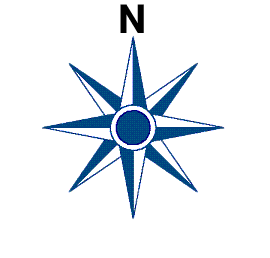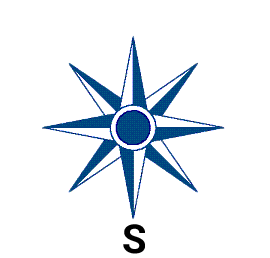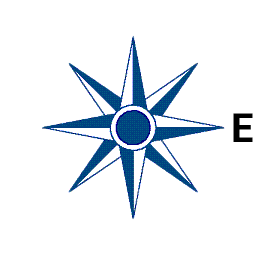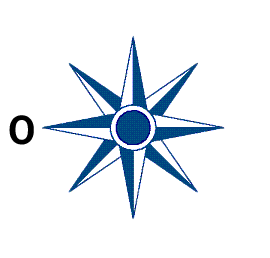We will take into account that this wind component can be of many intensities and that this makes it one of the aerological components with the greatest range of possibilities, both good and bad, when dealing with it. This is not the case, for example, with the westerly wind, which, apart from the possibility of offering us a tailwind to travel faster, is a generally bad component for paragliding in this area.
With low intensity northern component conditions, we will find ourselves facing scenarios conducive to good flying conditions as long as there is a minimum of instability and this component circulates above the relief levels. We are talking about speeds that do not exceed 15 Kph. We will take into account that if there is cumulus formation, this wind tends to make them run south, leaving the thermal-producing areas in the shade with the consequent lack of breezes.

Normally, this component does not have medium intensity stages, that is, either there is a clear entry of it that leaves the area completely impossible for paragliding or it provides favorable conditions as we mentioned above.
Yes, we can find winds with a northern component on oriented slopes and with medium intensities, especially in winter, which allow us to endure them, but without affecting lower areas in the south.
The entries of this component with high intensities will almost always give us very bad situations due to its intensity, it must be taken into account that on days of high instability and at high altitudes, the breeze can mask the intensity of the north, producing large rotors and descending areas. Interestingly, we can find winds of up to 50 Kph at high altitudes and flyable areas in low areas below 1000m. Take into account in these situations that the withdrawal of the breeze favorable to flight, whether due to the fall in sunshine or other factors, leaves the entry free to the northern component very quickly.
This wind component has no more risk associated with it than the sum of this with the topographic breeze and, as a result, a reinforcement of the breezes in the area under normal conditions. Consequently, it must be taken into account that although the relief is favorable to the southerly direction of the breeze, an excessive reinforcement of this will cause equally dangerous areas in terms of turbulence and leeward.

Here we must first differentiate, as a concept, what is an easterly wind and what is the breeze associated with the marina, which in the case at hand, due to the location of the sea to the east, comes from it.

In the first case, the easterly wind is associated with a depression in the Mediterranean that implies an entry of humid winds and cloudy skies, low ceilings and rainy days (easterly winds), giving the area few opportunities to fly in favorable conditions. They are not usually very violent wind entrances except on rare occasions, but they do tend to persist for more than one or two days.
In the second case, winds associated with the sea breeze and therefore with an easterly or southeast component, is a phenomenon that due to its recurrence and the most frequent time in which it occurs we will pay special attention, since it gives us a series of associated risks that we must take into account especially in this area.
The marinada is a breeze coming from the sea and the nearby coastal areas (Gulf of Roses, Costa Brava). It produces an entry, first of all, of the reheated wind from the Empordà plain, giving a rise, in some cases even violent, in wind intensity and, gradually, a constant intensity is established, with high humidity and low temperature, as it sweeps away all the wind that is encountered, leaving room for the humid and cool wind coming from the sea.
This gives rise to an entrance from the lower elevations to the higher elevations, the opposite of the western one.
This effect is important when considering landings in compromised locations, as it is highly likely that there will be no wind at the flight level and that there will be a breeze at the landing levels at the bottom of valleys.
Due to the orography of the relief (valleys running north-south), the westerly wind is not very useful for free flight.
Keep in mind that the entry of this wind is usually associated with the entry of a depression or an instability front. It usually enters from high layers to low layers generally, which has a point of delay that when facing landings gives us a point of safety; many times westerly winds are observed and its entry into the bottom of valleys is later, however, it can lead to very dangerous situations given the adverse orography and being an overheated wind.
